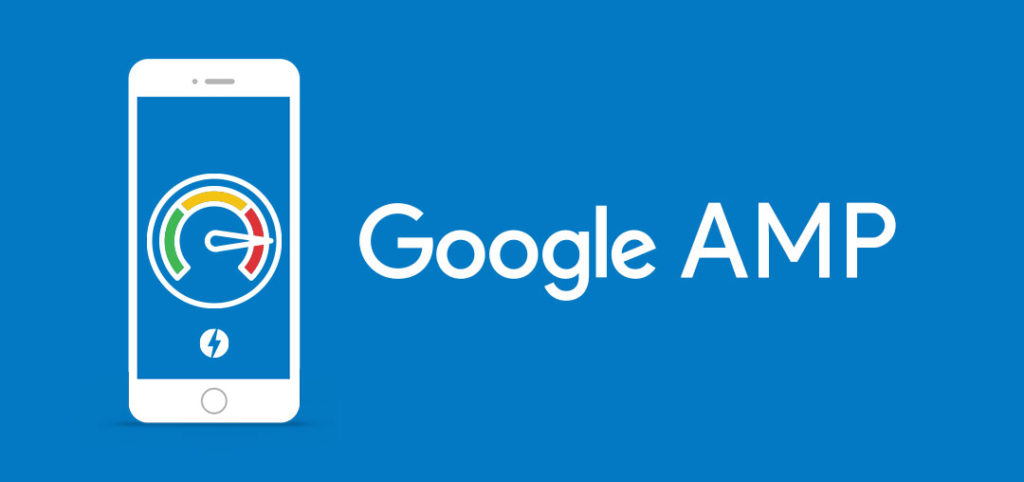Google Introduces AMP Lite For Slow Networks, Low-Ram Devices
by Laurie Sullivan@lauriesullivan, January 12, 2017

Google has introduced a new version of Accelerated Mobile Pages it calls AMP Lite. The new Web page format will take up to 45% fewer bytes than the standard AMP page to support slower network connections.
AMP Lite, which compresses images and image data, will roll out globally for “bandwidth-constrained users” in countries such as Vietnam and Malaysia and for those with low ram devices. The changes may modify fine details of some images, but do not affect other parts of the page including ads, according to Software Engineers Huibao Lin and Eyal Peled.
The change will optimize external fonts by using the amp-font tag, setting the font loading timeout to 0 seconds so that pages display immediately regardless of whether the external font was previously cached or not, Google’s engineers wrote in a post.
Google also made improvement to image optimizations by AMP Cache. Changes made for AMP to optimize image delivery range from removing invisible or difficult to view data, reducing color and quality of images without affecting visuals, and converting images to WebP format, which leads to a 25% reduction in bytes and no loss in quality. A few other more techie changes are described by Lin and Peled.
Automating processes will become the best part of the change, according to Itai Sadan, CEO of Duda. “This means a site’s images may [render] blurry and any custom font will default to whatever the browser can handle, stripping down the quality of a Web site’s design even more, but all of this just speaks to how important load times are on mobile for increasing user engagement and how far the industry still has to go to match the needs of what Google sees from its users,” he said.
The challenge becomes meeting Google’s requirements for load times while adding back to the full functionality of Web pages, he said.
Google introduces AMP for ads in July 2016. The project initially focused on slow-loading Web site pages and then migrated to ads.
MediaPost.com: Search Marketing Daily
(21)


